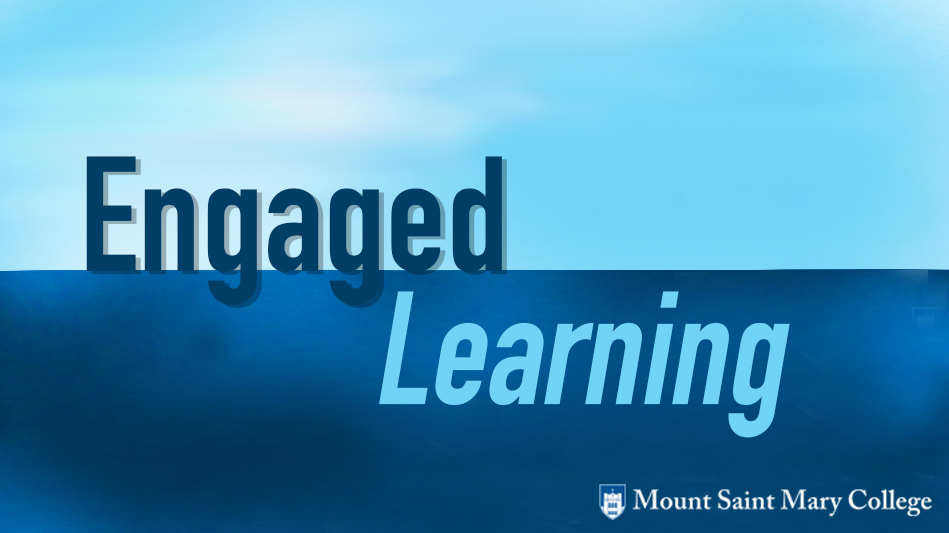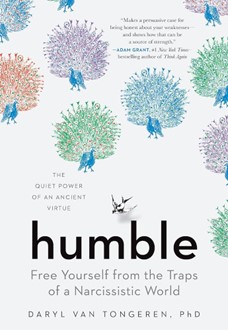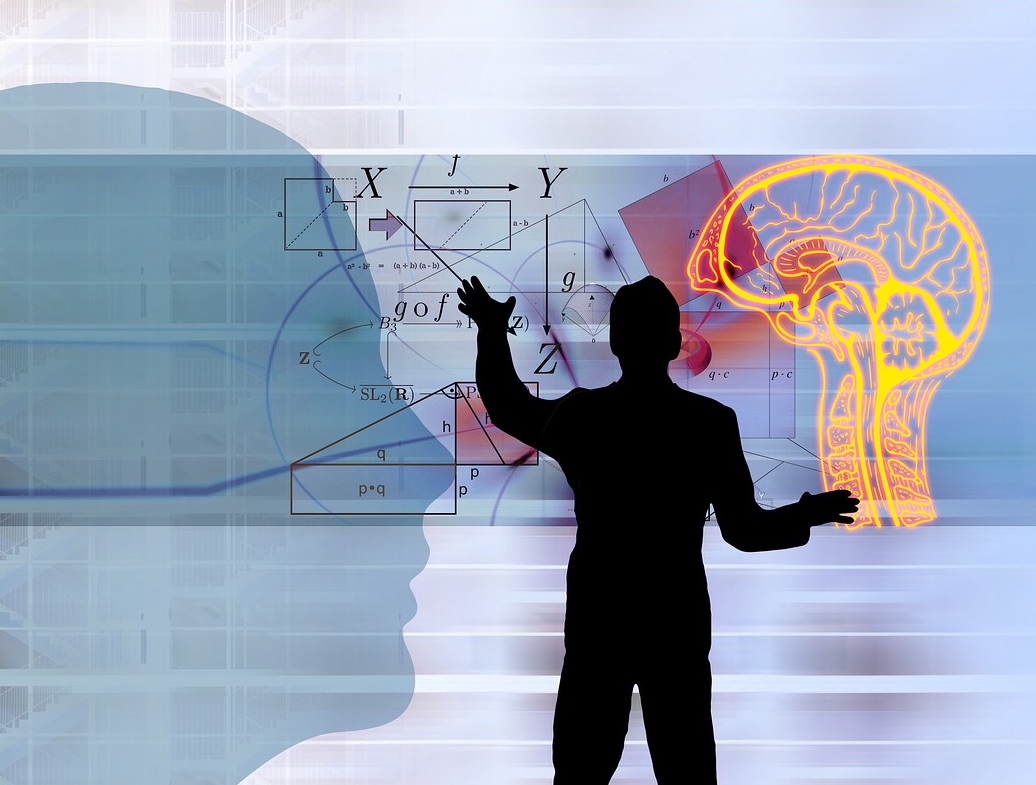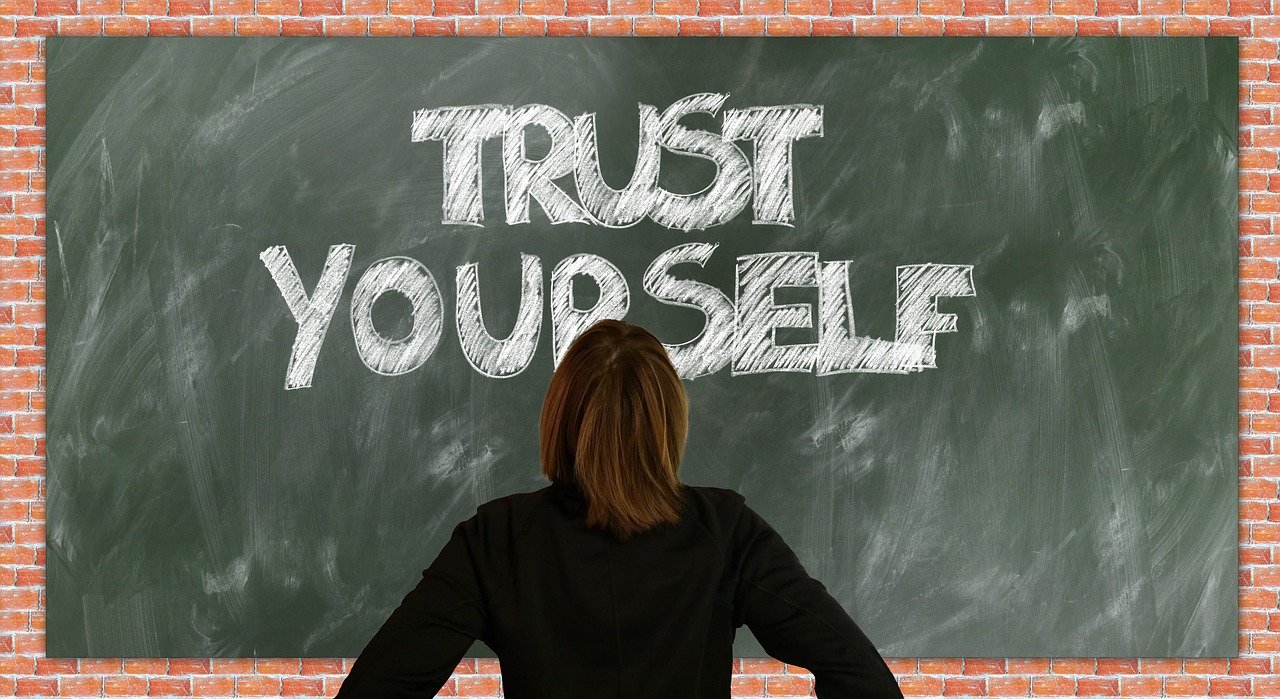by Simone Mcknight (Simone Erchov), Global Systems Technology
Ed Nuhfer, California State University (Retired)
Eric Gaze, Bowdoin College
Paul Walter, St Edwards University
Bias as conceptual
Bias arises from human brain mechanisms that process information in ways that make decision-making quicker and more efficient at the cognitive/neural level. Bias is an innate human survival mechanism, and we all employ it.Bias is a widely known and commonly understood psychological construct. The common understanding of bias is “an inclination or predisposition for or against something.” People recognize bias by its outcome—the preference to accept specific explanations or attributions as true.
In everyday conversation, discussions about bias occur in preferences and notions people have on various topics. For example, people know that biases may influence the development of prejudice (e.g., ageism, sexism, racism, tribalism, nationalism), political, or religious beliefs.
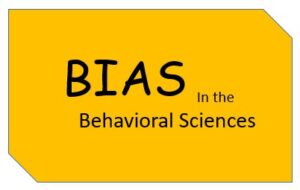 A deeper look reveals that some of these preferences are unconscious. Nevertheless, they derive from a related process called cognitive bias, a propensity to use preferential reasoning to assess objective data in a biased way. This entry introduces the concept of bias, provides an example from the behavioral sciences, and explains why metacognition can be a valuable tool to counteract bias. In Part 2, which follows this entry, we provide further examples from hard science, field science, and mathematics.
A deeper look reveals that some of these preferences are unconscious. Nevertheless, they derive from a related process called cognitive bias, a propensity to use preferential reasoning to assess objective data in a biased way. This entry introduces the concept of bias, provides an example from the behavioral sciences, and explains why metacognition can be a valuable tool to counteract bias. In Part 2, which follows this entry, we provide further examples from hard science, field science, and mathematics.
Where bias comes from
Biases develop from the mechanisms by which the human brain processes information as efficiently as possible. These unconscious and automatic mechanisms make decision-making more efficient at the cognitive/neural level. Most mechanisms that help the human brain make fast decisions are credited to adaptive survival. Like other survival mechanisms, bias loses value and can be a detriment in a modern civilized world where threats to our survival are infrequent challenges. Cognitive biases are subconscious errors in thinking that lead to misinterpreting future information from the environment. These errors, in turn, impact the rationality and accuracy of decisions and judgments.
When we frame unconscious bias within the context of cognitive bias and survival, it is easier to understand how all of us have inclinations to employ bias and why any discipline that humans manage is subject to bias. Knowing this makes it easier to account for the frequent biases affecting the understanding and interpreting of diverse kinds of data.
People easily believe that bias only exists in “subjective” disciplines or contexts where opinions and beliefs seem to guide decisions and behavior. However, bias manifests in how humans process information at the cognitive level. Although it is easier to understand bias as a subjective tendency, the typical way we process information means that bias can pervade all of our cognition.
Intuitively, disciplines relying on tangible evidence, logical arguments, and natural laws of the physical universe would seem factually based and less influenced by feelings and opinion. After all, “objective disciplines” do not predicate their findings on beliefs about what “should be.” Instead, they measure tangible entities and gather data. However, even in the “hard science” disciplines, the development of a research question, the data collected, and the interpretations of data are vulnerable to bias. Tangible entities such as matter and energy are subject to biases as simple as differences in perception of the measured readings on the same instrument. In the behavioral sciences, where investigative findings are not constrained by natural law, bias can be even harder to detect. Thus, all scientists carry bias into their practice of science, and students carry bias into their learning of it.
Metacognition can help counter our tendencies toward bias because it involves bringing relevant information about a process (e.g., conducting research, learning, or teaching) into awareness and then using that awareness to guide subsequent behaviors.
Consequences of bias
Bias impacts individual understanding of the world, the self, and how the self navigates the world – our schemas. These perceptions may impact elements of identity or characterological elements that influence the likelihood of behaving in one way versus another.
Bias should be assumed as a potentially influential factor in any human endeavor. Sometimes bias develops for an explanation after hearing it in childhood and then invoking that explanation for years. Even after seeing the evidence against that bias, our initial explanations are difficult to replace with ones better supported by evidence because we remain anchored to that initial knowledge. Adding a personal emotional attachment to an erroneous explanation makes replacing it even more difficult. Scientists can have emotional attachments to particular explanations of phenomena, especially their own explanations. Then, it becomes easy to selectively block out or undervalue evidence that modifies or contradicts the favored explanation (also known as confirmation bias).
Self-assessment, an example of long-standing bias in behavioral science
As noted in the introduction, this blog series focuses on our team’s work related to self-assessment. Our findings countered results from scores of researchers who replicated and verified the testing done in a seminal paper by Kruger and Dunning (1999). Their research asserted that most people were overconfident about their abilities, and the least competent people had the most overly optimistic perceptions of their competence. Researchers later named the phenomenon the “Dunning-Kruger effect,” and the public frequently deployed “the effect” as a label to disparage targeted groups as incompetent. “The effect” held attraction because it seemed logical that people who lacked competence also lacked the skills needed to recognize their deficits. Quite simply, people wanted to believe it, and replication created a consensus with high confidence in concluding that people, in general, cannot accurately self-assess.
While a few researchers did warn about likely weaknesses in the seminal paper, most behavioral scientists selectively ignored the warnings and repeatedly employed the original methodology. This trend of replication continued in peer-reviewed behavioral science publications through at least 2021.
Fortunately, the robust information storage and retrieval system that characterizes the metadiscipline of science (which is a characteristic distinguishing science from technology as ways of knowing) makes it possible to challenge a bias established in one discipline by researchers from another. Through publications and open-access databases, the arguments that challenge an established bias then become available. In this case, the validity of “the effect” resided mainly in mathematical arguments and not, as presumed, arguments that resided solely within the expertise of behavioral scientists.
No mathematics journal had ever hosted arguments addressing the numeracy of arguments that established and perpetuated the belief in “the effect.” However, mathematics journals offered the benefit of reviewers who specialized in quantitative reasoning and were not emotionally attached to any consensus established in behavioral science journals. These reviewers agreed that the long-standing arguments for supporting the Dunning-Kruger effect were mathematically flawed.
In 2016 and 2017, Numeracy published two articles from our group that detailed the mathematical arguments that established the Dunning-Kruger effect conclusions and why these arguments are untenable. When examined by methods the mathematics reviewers verified as valid, our data indicated that people were generally good at self-assessing their competence and confirmed that there were no marked tendencies toward overconfidence. Experts and novices proved as likely to underestimate their abilities as to overestimate them. Further, the percentage of those who egregiously overestimated their abilities was small, in the range of about 5% to 6% of participants. However, our findings confirmed a vital conclusion of Kruger and Dunning (1999): experts self-assess better than novices (variance decreases as expertise increases), and self-assessment accuracy is attainable through training and practice.
By 2021, the information released in Numeracy began to penetrate the behavioral science journals. This blog series, our earlier posts on this site, and archived presentations to various audiences (e.g., the National Numeracy Network, the Geological Society of America) further broadened awareness of our findings.
Interim takeaways
Humans construct their learning from mentally processing life experiences. During such processing, we simultaneously construct some misconceptions and biases. The habit of drawing on a misconception or bias to explain phenomena ingrains it and makes it difficult to replace with correct reasoning. Affective attachments to any bias make overcoming the bias extremely challenging, even for the most accomplished scholars.
It is essential to realize that we can reduce bias by employing metacognition to recognize bias originating from within us at the individual level and by considering bias that influences us but is originated from or encouraged by groups. In the case above, we were able to explain the bias within the Behavioral Sciences disciplines by showing how repeatedly mistaking mathematical artifacts as products of human behavior produced a consensus that held understanding self-assessment captive for over two decades.
Metacognitive self-assessment seems necessary for initially knowing self and later for recognizing one’s own personal biases. Self-assessment accuracy is valuable in using available evidence well and reducing the opportunity for bias to hijack our ability to reason. Developing better self-assessment accuracy appears to be a very worthy objective of becoming educated.

